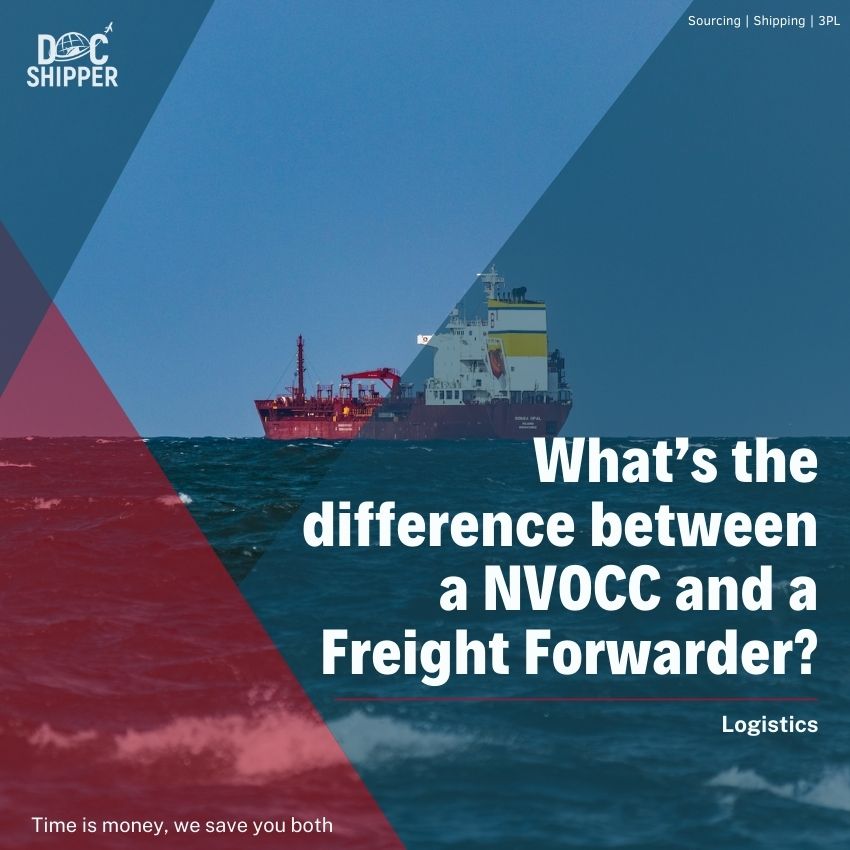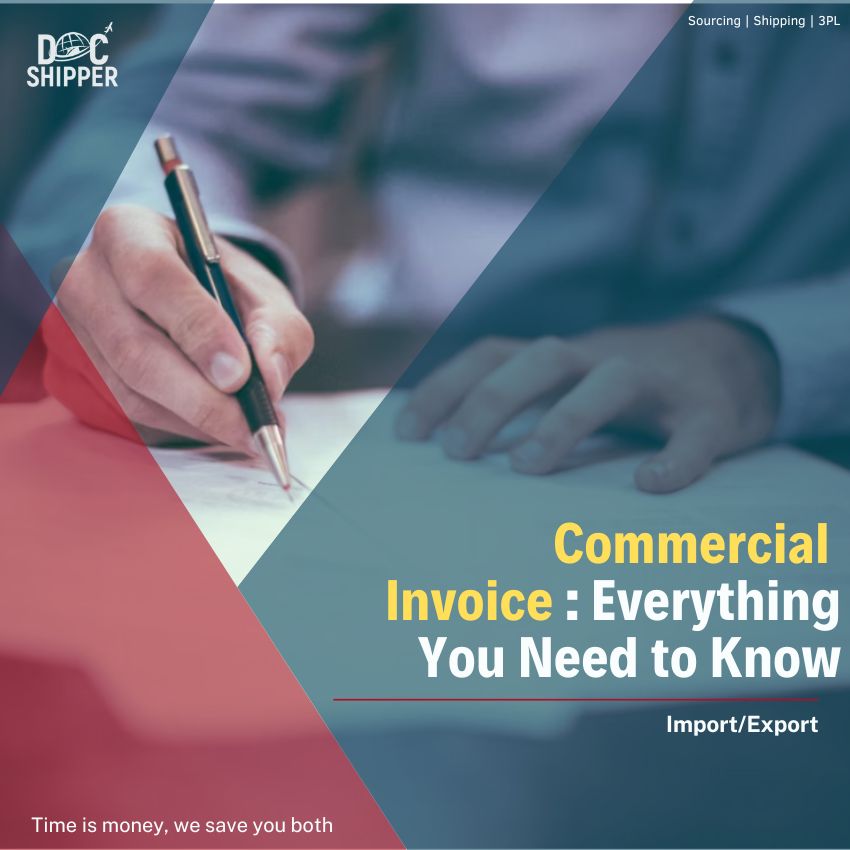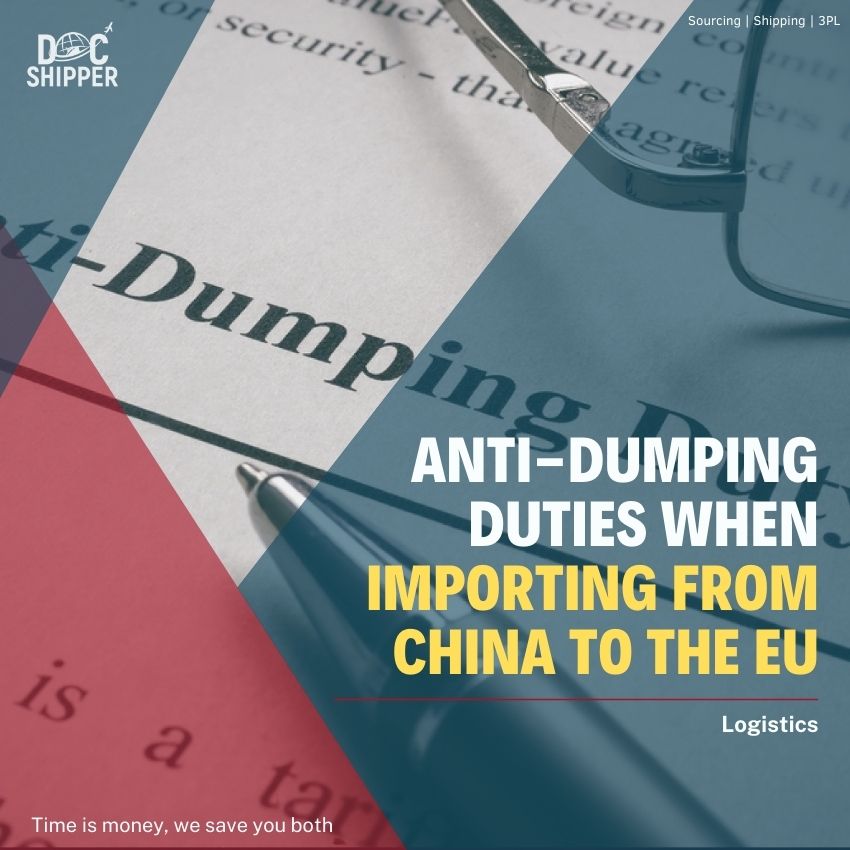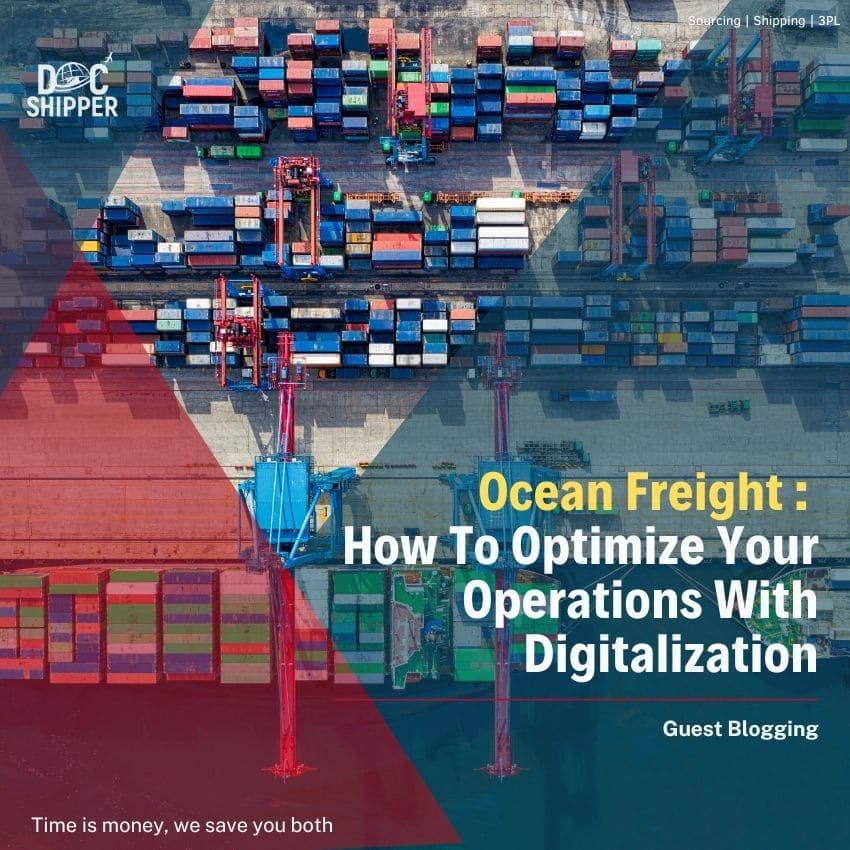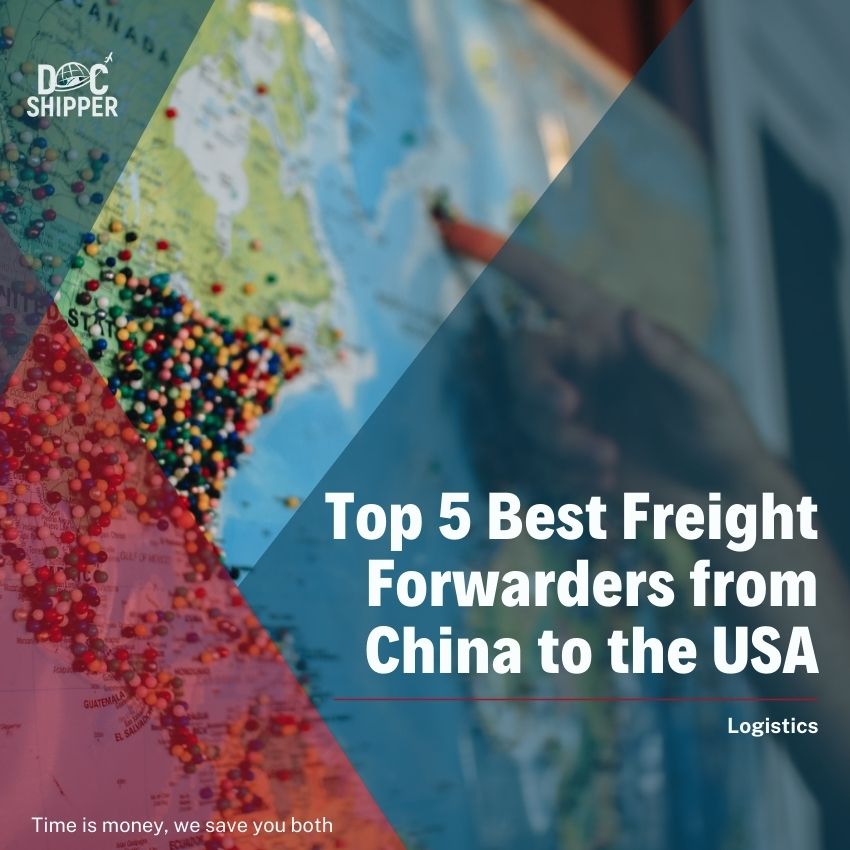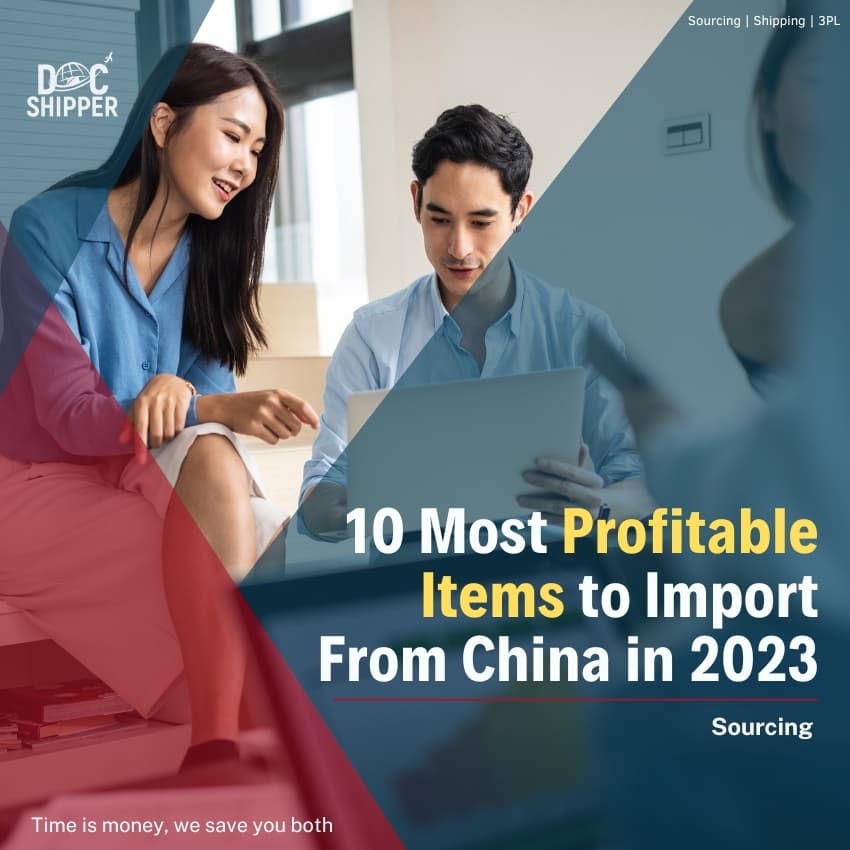What do LCL and FCL mean? Easy comprehensive guide [2025]
These days, importers and exporters use a variety of acronyms such as FCL and LCL. This makes it difficult to understand certain expressions when a
What’s the difference between a NVOCC and a Freight Forwarder?
If you work in international trade, you are aware that the transportation of goods can be a real headache. The terms NVOCC and Freight Forwarder
How safe and legit is DHGate? Your guide to avoid scams
DH Gate operates as a business-to-business (B2B) platform, which means that it is primarily designed for businesses and individuals who want to buy products in
Commercial Invoice : Everything You Need to Know
Are you involved in importing or exporting goods ? You must have heard of the commercial invoice. This essential document is required for customs clearance
Anti-Dumping Duties when importing from China to the EU
Importing Chinese goods into the European Union is a complicated problem that frequently raises complaints about unfair trade practices such as dumping. Dumping, or selling
Shipping Packing List: Everything You Should Know
Shipping packing lists are essential documents that provide critical information about the contents of a shipment. This document details important information such as the item
Ocean Freight: how to optimize your operations With Digitalization
The global logistics industry has experienced significant growth over the past few years, driven by increasing demand for shipping services, particularly for sea freight. However,
Top 5 Best Freight Forwarders from China to the USA
Looking for reliable freight forwarders to transport your goods from China to the USA can be a daunting task. With so many options available, it
How to start an import-export business from China to the US?
Are you interested in starting an import-export business between China and the United States? With the world becoming increasingly interconnected and globalized, now is a
10 Most Profitable Items to Import From China in 2023
China is a giant wholesaler, a country where you can find everything you want at unbeatable prices. That’s the reason, so many retailers are sourcing






![What do LCL and FCL mean? Easy comprehensive guide [2025]](https://china.docshipper.com/en/wp-content/uploads/sites/2/2024/12/New-product-1-24.jpg)
